- Australia’s official cash rate now sits at 0.50% following a 25 basis points cut
- It’s the fourth rate cut since June 2019 amid growing concerns about the impact of the coronavirus on the global economy
- RBA says “global growth in the first half of 2020 will be lower than earlier expected”
- While housing prices have picked up, demand for credit by investors remains subdued
- An uptick in Australian unemployment in January to 5.3%, along with continued subdued wages growth remain concerns
The Reserve Bank of Australia (RBA) has cut the official cash rate by 25 basis points to a new record low of 0.50%.
“The global outbreak of the coronavirus is expected to delay progress in Australia towards full employment and the inflation target,” RBA governor Philip Lowe said in his statement accompanying the decision.
“The Board therefore judged that it was appropriate to ease monetary policy further to provide additional support to employment and economic activity. It will continue to monitor developments closely and to assess the implications of the coronavirus for the economy. The Board is prepared to ease monetary policy further to support the Australian economy.”
Lowe said the coronavirus “clouded the near-term outlook for the global economy” and global growth will now be lower than previously expected for the first half of 2020 will be lower than earlier expected.
“In most economies, including the United States, there is an expectation of further monetary stimulus over coming months,” he said.
The bank left the door open to further interest rate cuts if required.
The hit from the growing flu crisis came just as the the global slowdown that started in 2018 was coming to an end, Lowe said, adding “It is too early to tell how persistent the effects of the coronavirus will be and at what point the global economy will return to an improving path”.
But the outbreak is already having a significant effect on the Australian economy at present, especially in education and travel, with the RBA worried about the impact on domestic spending.
“GDP growth in the March quarter is likely to be noticeably weaker than earlier expected. Given the evolving situation, it is difficult to predict how large and long-lasting the effect will be,” Lowe said, although the RBA expects the Australian economy “to return to an improving trend” once the virus is contained.
The pointed to high levels of spending on infrastructure, the lower exchange rate, a positive outlook for the resources sector and expected recoveries in residential construction and household consumption as positive signs, along with the Australian Government’s willingness to assist areas of the economy hit by the coronavirus.
The bank expects low wages growth to remain for some time, but takes heart in the pick-up in housing markets, but noted credit conditions for small and medium-sized businesses remain tight.
The RBA previously cut rates by 25 basis points at its June, July and October 2019 meetings.
Banks respond
Westpac was the first of the Australian major banks to announce it would pass on the full cut, just 4 minutes after the RBA announcement, adding that the 0.25% cut to variable rates will also apply to small business cash loans and overdrafts.
We’re decreasing variable interest rates by 0.25% per annum for home loan customers, as well as small business cash-based loans and overdrafts. These changes will take effect on 17 March 2020.
— Westpac Bank (@Westpac) March 3, 2020
The Commonwealth followed shortly after
Following the RBA’s cash rate decision we have reduced the variable rates for our home loan customers by 0.25% p.a.
— CBA Newsroom (@CBAnewsroom) March 3, 2020
CBA’s owner-occupied principal and interest (P&I) standard variable rate will fall to 4.55% p.a, but the change will take a week longer that Westpac, kicking in on March 24.
Digital lender Athena Home Loans was also quick off the mark, passing on the full reduction too, with the rate for owner-occupier principal and interest borrowers falling to 2.59% (3.09% for interest only).
Neobank 86 400 said it will pass on the full 25 basis points reduction from tomorrow, March 4, to 2.84%, saving $1,250 annually on a $500,000 loan.
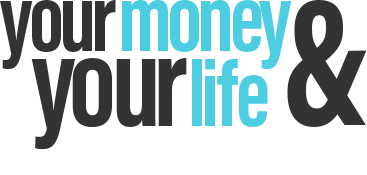
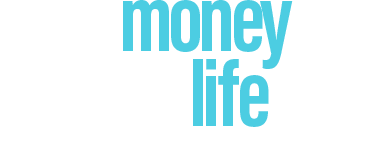









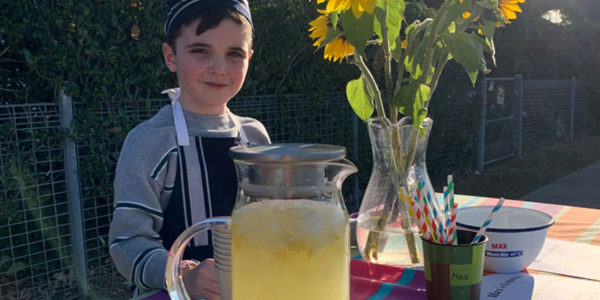












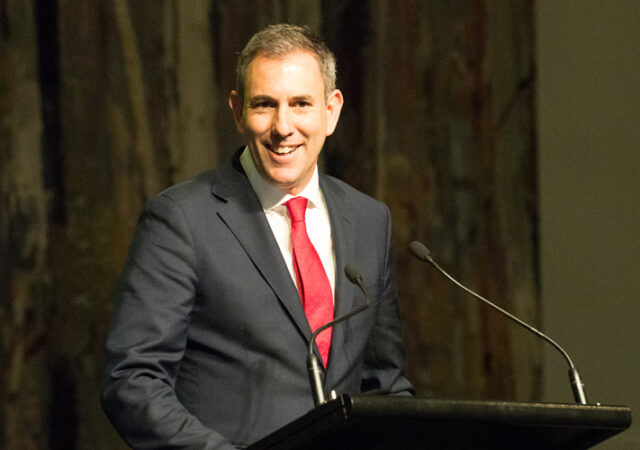
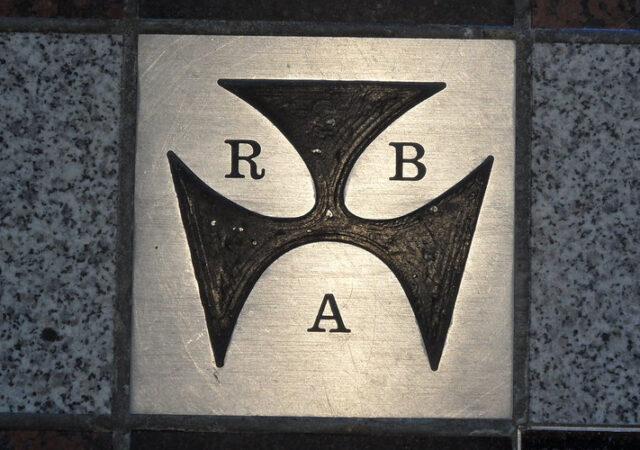


Trending
Sorry. No data so far.